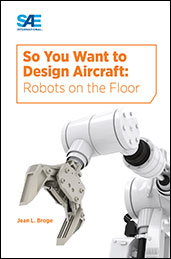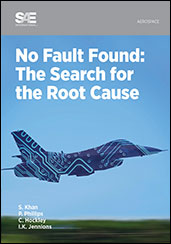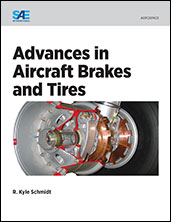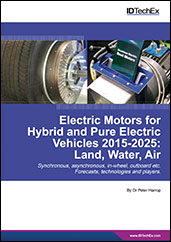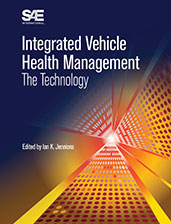Book
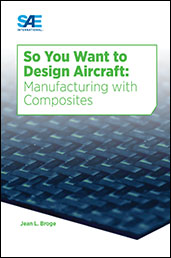
So You Want to Design Aircraft: Manufacturing with Composites
2018-05-30
The market for aerospace composites is projected to reach $42.97 billion by 2022, up from $26.87 billion in 2017, at a CAGR of 9.85% from 2017 to 2022. Clearly, the use of aerospace composites in commercial aircraft has gained momentum during the past few decades, but there is still much room for growth and much more to learn. Lightweighting is generally considered to be the main driver for the increased and pervasive use of composites. However, beyond the contribution toward fuel efficiencies, composites also offer increased resistance against corrosion and part count reduction. Those corrosion characteristics, as well as fatigue properties, lead to lower maintenance costs over aircraft and components manufactured using traditional materials. Commercial aircraft are complex, sophisticated engineering marvels. And while introducing composites into new programs has added many benefits, it has also added complexity. This book aims to help manage and mitigate that complexity.

